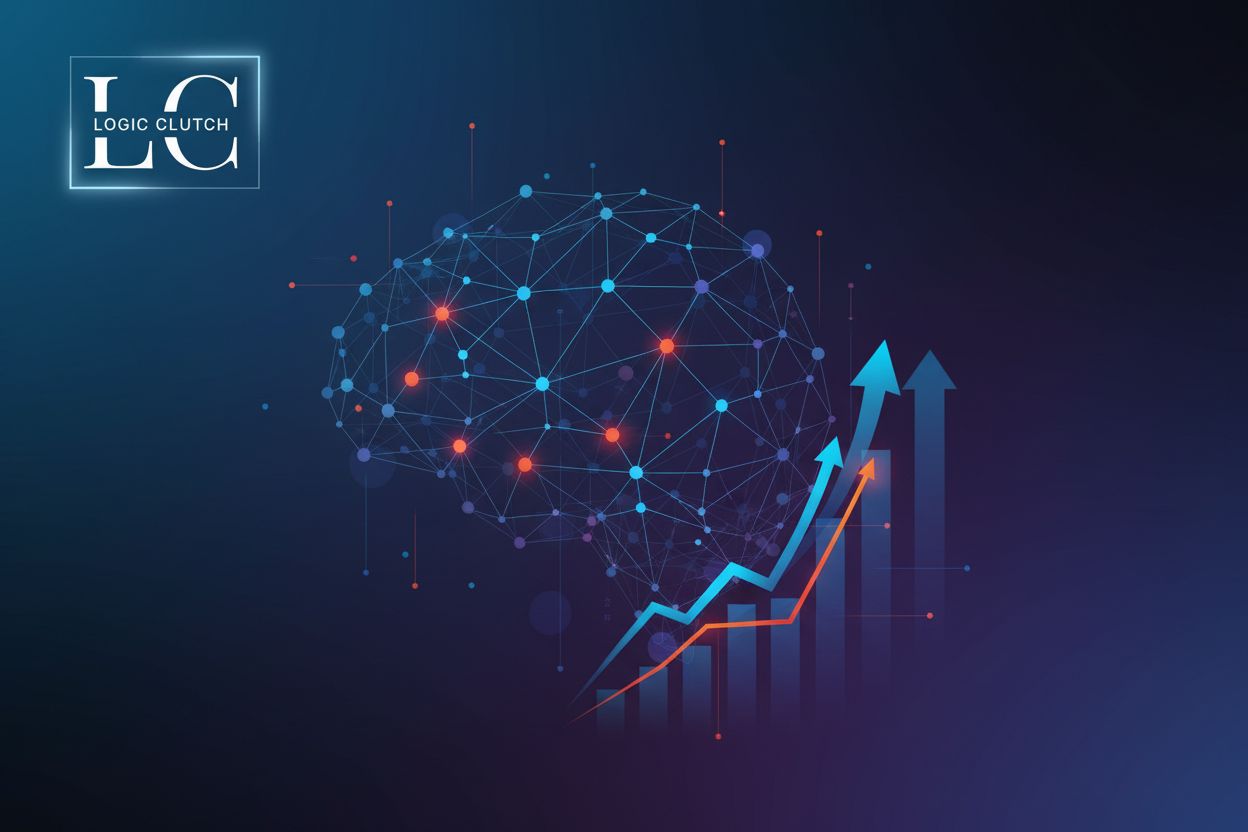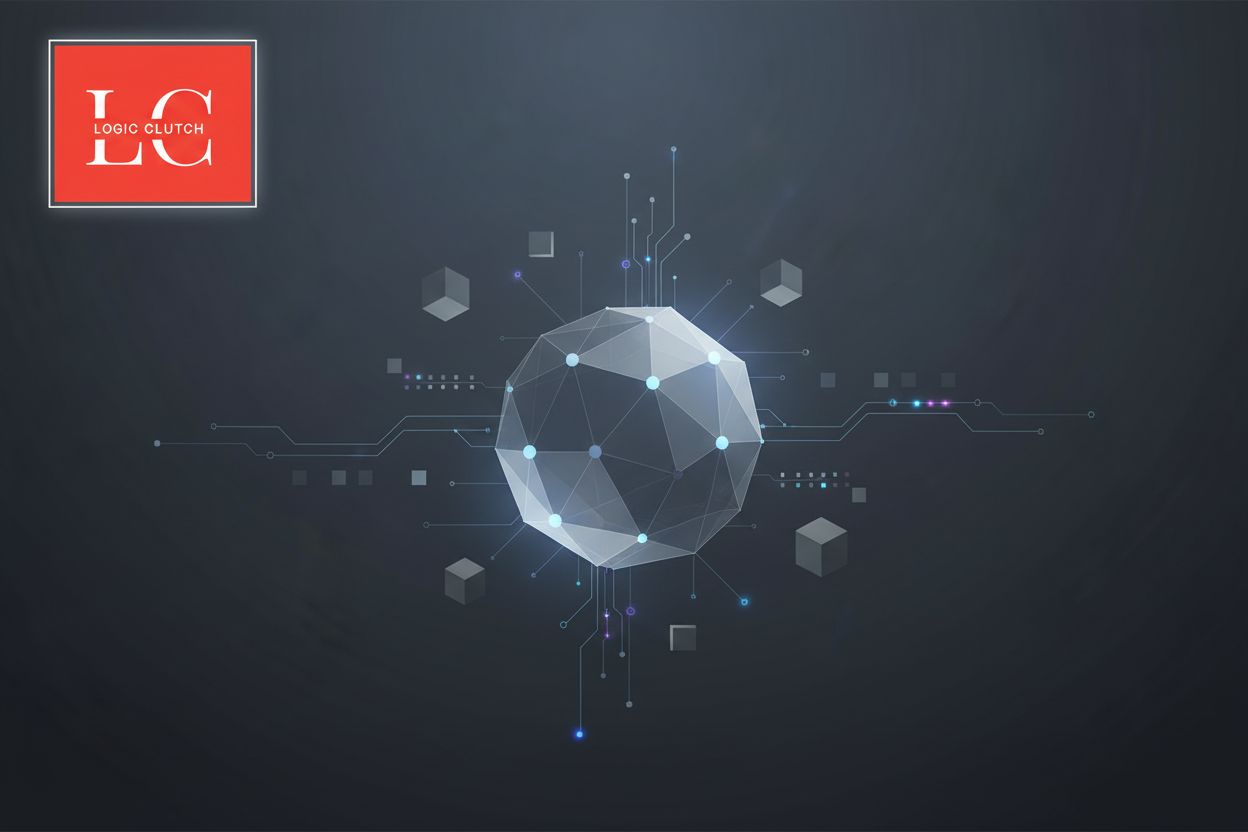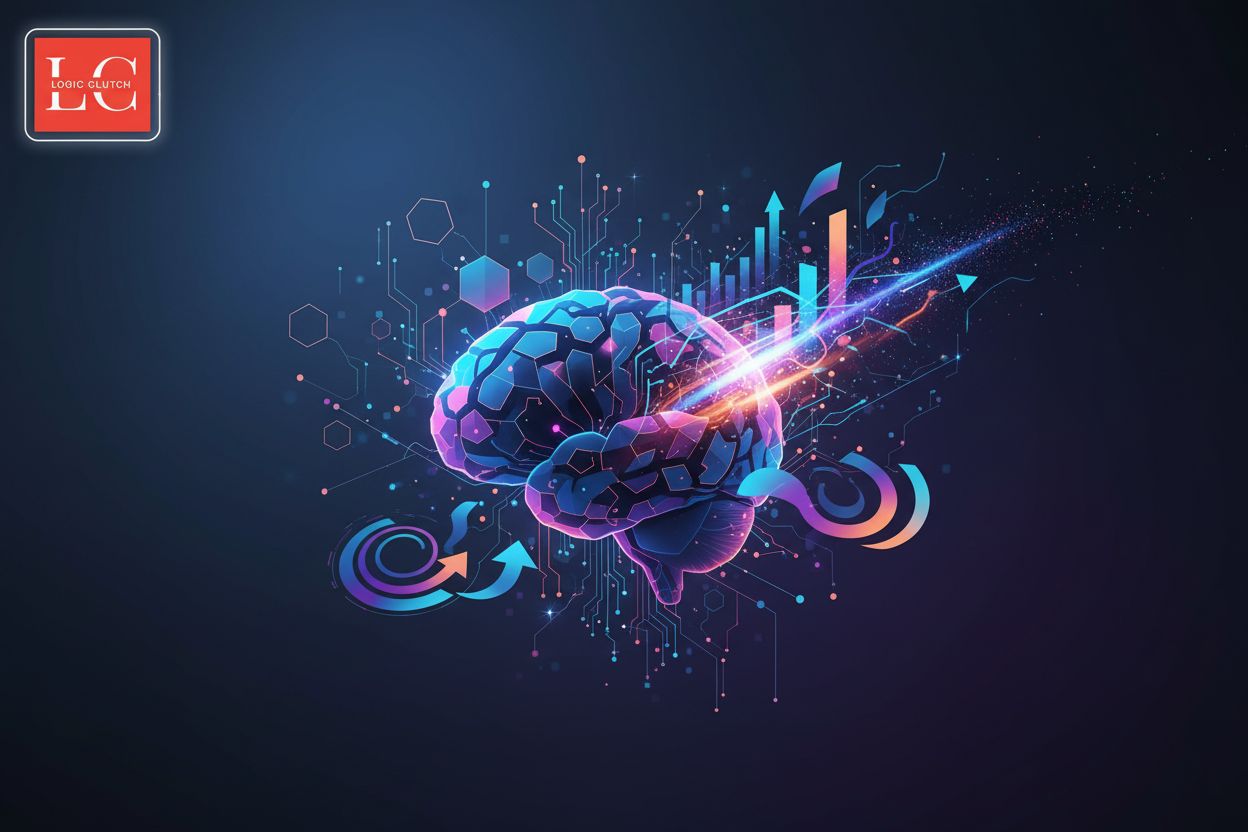Hyperautomation in Salesforce using AI
TL;DR
Understanding Hyperautomation and its Importance in Salesforce
Okay, let's dive into hyperautomation and it's importance in Salesforce! Bet you're wondering what all the hype is about, right? Think of it as automation on steroids.
- It's not just automating one off tasks; it's about connecting everything. Think Robotic Process Automation (RPA), Artificial Intelligence (AI), and Machine Learning (ML) all working together to streamline processes end-to-end. For example, RPA bots can handle repetitive data entry tasks like updating customer records after a sale, while AI can analyze incoming emails to determine urgency and sentiment. ML can then predict which leads are most likely to convert based on historical data. Salesforce's integration and api management capabilities are crucial for making this seamless.
- It's about making things more efficient and productive, especially in Salesforce. Imagine, no more manual data entry and less errors, which means better decisions.
- Hyperautomation lets you free up resources, too. Instead of wasting time on tedious stuff, employees can focus on bigger, strategic projects, you know?
AI is the engine that drives the whole process. It brings smarts to automation, like:
- Natural Language Processing (NLP) to understand customer requests better.
- Machine vision to automate document processing, like invoices.
- Improved decisions and adaptability in automated processes, so things run smoother.
Basically, hyperautomation is the future. And it’s all about making work easier and smarter. The next section will detail the specific AI technologies that enable hyperautomation.
Key AI Technologies Powering Hyperautomation in Salesforce
So, AI's not just for sci-fi movies, right? It's seriously changing how businesses automate with Salesforce. Let's peek at the key AI tech making hyperautomation a reality.
- RPA bots are automating those super repetitive tasks within Salesforce. Think about automatically updating customer records after a sale, or logging call details from a sales rep's notes into the CRM.
- AI is stepping in to manage trickier stuff, like figuring out if a lead is actually worth pursuing. It can even handle unstructured data, like emails. For example, an AI model can analyze the content of an incoming email, extract key information like company name and contact details, and then an RPA bot can use this extracted data to create a new lead record in Salesforce. This is AI driving the decision-making and RPA executing the action.
- NLP is making it possible to understand and analyze customer convos. It's like giving Salesforce ears and a brain. Ever get an automated email response that actually made sense? That's likely NLP at work. Sentiment analysis helps figure out if customers are happy or about to churn. For instance, NLP can analyze customer support tickets to identify keywords indicating frustration, automatically flagging these cases for immediate attention within Salesforce Service Cloud. This sentiment analysis can also inform case routing, ensuring urgent or negative feedback gets to the right team faster.
- ML is forecasting customer behavior and spotting trends that would take humans ages to find. It's like having a crystal ball for your business. Salesforce Einstein, for example, uses ML to predict deal closure rates, so you know where to focus your efforts. Think about personalized recommendations for upselling or cross-selling. "Hey, customers who bought X also liked Y."
All this AI magic makes automation way smarter and more adaptable. Now, let's see how these technologies play out in real-world situations.
Practical Use Cases of Hyperautomation in Salesforce
Ever wonder how hyperautomation actually plays out in Salesforce? It's not just theory, folks; it's real-world stuff that can seriously boost your business.
- Customer Service: Imagine AI-powered chatbots handling a huge chunk of customer inquiries through Salesforce Service Cloud. Think about it: no more waiting on hold, and instant answers to common questions. NLP steps in to understand customer sentiment, routing those trickier cases to the right human agent. Simple stuff like resetting passwords or updating addresses can be fully automated by RPA bots, freeing up your support team for the complex issues that really need a human touch.
- Sales: AI automates lead qualification, meaning your sales team focuses on the good leads. Salesforce Einstein uses ML to predict deal closure rates, so resources are focused on opportunities with the best chance of success. Automated follow-up tasks and personalized comms with prospects, triggered by RPA bots based on ML insights, keeps deals moving and gives sales a boost.
Overcoming Challenges and Implementing Hyperautomation Successfully
So, you're thinking hyperautomation is a silver bullet? Well, not exactly. It's more like a toolbox – powerful, but you gotta know how to use it.
First off, don't ignore the skills gap. You need folks who actually gets how all this AI and automation stuff works. This means training your existing teams on RPA tools, AI platforms, and data analysis, as well as potentially hiring specialists in areas like AI ethics or bot development.
Then there's the data. If your data's a mess, well, your automations gonna be a mess too. Think garbage in, garbage out. This means dealing with duplicate records, inconsistent formatting, missing information, and outdated entries within Salesforce. Cleaning and standardizing your data is a must before you can effectively automate.
Start small, with a clear vision, because you don't want to boil the ocean.
Choose the right tools! Don't just grab whatever's shiny. For Salesforce, this might mean looking at native Salesforce Einstein capabilities, integrated RPA solutions that have strong Salesforce connectors, or specialized AI platforms that can ingest Salesforce data. Consider factors like ease of integration, scalability, and the specific business problems you're trying to solve.
Focus on people. If your team doesn't buy in, your fancy automation project is gonna flop. This involves clear communication about the benefits of hyperautomation (e.g., reducing tedious tasks, enabling more strategic work), involving employees in the design and testing phases, and providing adequate training and support. Celebrate early wins to build momentum and demonstrate value.
Don't just set it and forget it. Keep an eye on those Key Performance Indicators (KPIs), see what's working, and tweak things as you go. It's all about continuous improvement, right?





